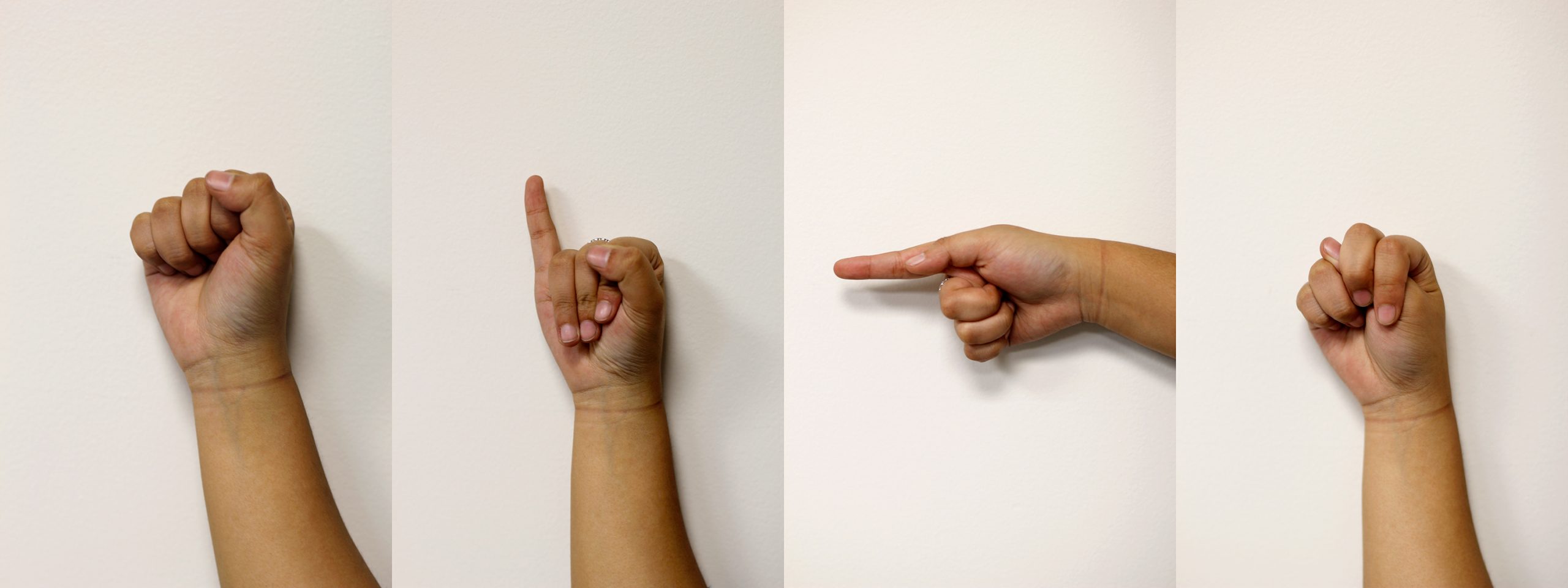For many, sign language is something one was taught in first grade for a day and something that piques one’s interest when it is mentioned, but no actions are typically taken after.
Many often gloss over it when talking about languages they are interested in learning or pursuing both in and out of college. But for others sign language is their first language (or was their first language at one point in their life).
One of these people is junior Elizabeth Toeben.
“We have a culture of it here [at Gustavus] and we need to acknowledge it,” she said.
Personally, Toeben does not know anyone here at Gustavus that is entirely deaf, but she does know CODAS–or Children of Deaf Adults.
For most of these individuals, sign language is their first language and instead of learning English through their parents they learned it as a second language at school.
Having a space at Gustavus where they could use their hands and sign-speak in their first language would be nice for these students to have.
This is partially why Toeben decided to start the Exploring Sign Language club this year. It is a club sponsored by the Culpepper Language Center. It was started after Jeremy Robinson contacted Toeben and asked if she could start a group to spread awareness of the language.
She hopes that through starting this club it will spur a movement to get sign language classes added to the academic bulletin in the coming years.
Currently, students who wish to learn sign language must drive over to Mankato State University and take classes that do not interfere with their Gustavus classes. This includes sophomore Hailey Campbell.
Campell takes sign language at MSU and heard about the club through her friend, who was contacted by her professor here at Gustavus about the club.
Toeben stresses that you do not have to know sign language to attend the club and that members, and herself, are all learning as they go. She does not even consider herself to be fluent in sign language.
Toeben got her start after she communicated with her younger sister by ASL because she has a brain tumor. She stopped once her sister got better, but began taking classes again in high school and college.
Through this club Toeben hopes to bring awareness about the culture here to Gustavus and to get people excited or interested in learning sign language–in all to share the fascination she has with sign language with others.
She has been pursuing the path to get sign language added as a class at Gustavus but has met many roadblocks. She hopes through this club and high attendance at least a J-Term course will be offered.
Each week the club explores a different culture’s sign language and how it varies from American Sign Language. At the most current meeting they were digging into French Sign Language.
Each meeting is started with a brief lesson in American Sign Language and introductions.
Then the club talks about the history of the particular sign language of that week and what sign language influenced it.
They also discuss the stigma behind that specific sign language in its country. For instance, Spanish sign language was not even recognized until 2005 even though it had an influence on other sign languages such as ASL.
For many of those attending this is their first experience of truly learning signs and the language’s background.
Not only does this offer students the chance to explore sign language, but Toeben believes that a prospective students touring the campus might be more inclined knowing that there is a space for manualists on campus.
Manualists being those who sign instead of speak. Creating a space for those who may not have one yet designated to their own culture is incredibly important to making everyone feel comfortable on campus.
The Exploring Sign Language club meets every Thursday in Confer 230 at 7pm.
